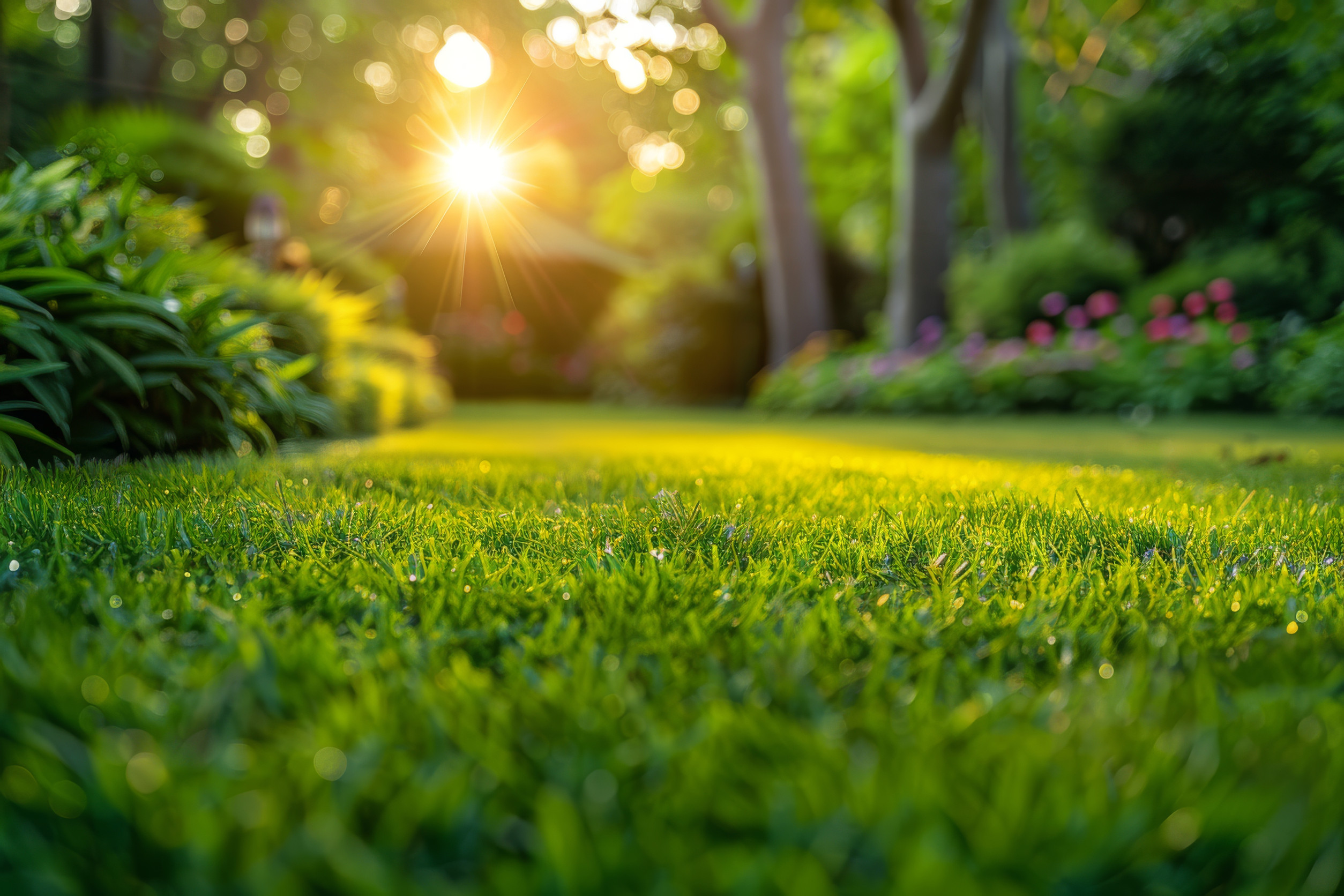
A lush, green lawn doesn’t just happen—it takes care, attention, and the right maintenance practices. One of the best ways to keep your grass thriving is through regular aeration and overseeding. If your lawn looks thin, patchy, or struggles to grow, these two simple steps can make a world of difference. Here’s why aeration and overseeding should be a key part of your lawn care routine.
Over time, the soil beneath your grass becomes compacted from foot traffic, weather, and everyday use. When this happens, water, oxygen, and nutrients have a harder time reaching the roots. That’s where aeration comes in.
Aeration is the process of pulling small plugs of soil from your lawn to create tiny holes. This allows air, water, and nutrients to reach the roots more effectively, helping your grass grow deeper and stronger.
Benefits of Aeration:
The best time to aerate in Minnesota is during the growing seasons—spring and fall—when your lawn can quickly recover.
If your grass looks thin or has bare patches, overseeding can help. Overseeding is simply spreading new grass seed over your existing lawn. It helps fill in thin spots, improves the lawn’s overall density, and even introduces more resilient grass varieties that can withstand Minnesota’s tough climate.
Benefits of Overseeding:
Fall is the best time for overseeding in Minnesota since cooler temperatures help seeds germinate without the stress of summer heat.
How often you aerate and overseed depends on your lawn’s condition:
Since aeration creates the perfect environment for new grass seed to take root, these two processes go hand in hand.
While DIY aeration tools exist, they often don’t penetrate as deeply or as effectively as professional equipment. Lawn care experts use specialized machines that create deeper, evenly spaced holes, allowing for better results. A professional also knows the best type of grass seed to use for Minnesota’s climate, ensuring your overseeding efforts are successful.
Aeration and overseeding may not be the first things that come to mind when you think about lawn care, but they’re two of the most important steps to keeping your yard lush and green. Whether your lawn needs a little boost or a major overhaul, these simple maintenance practices can make all the difference.
If your lawn could use some extra care, RJ3 Property Maintenance is here to help. Contact us today to schedule professional aeration and overseeding services!